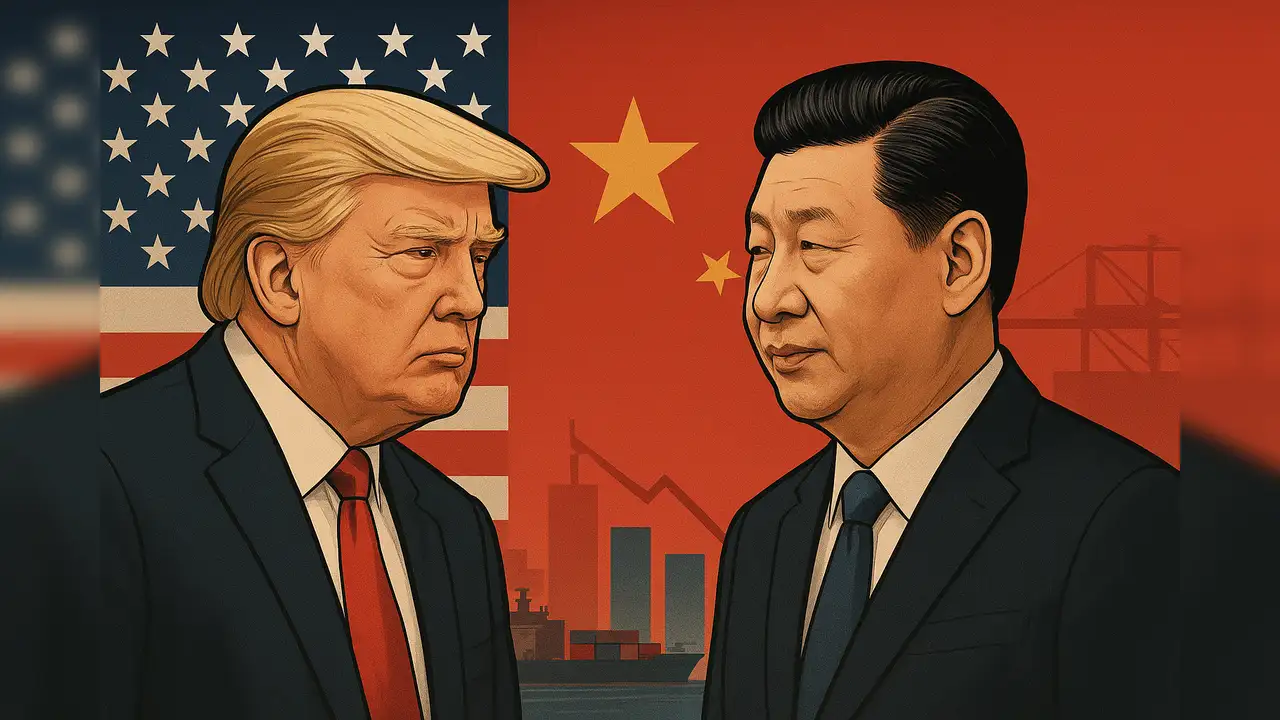‘Can’t Trade With US’: India Accelerates EV Innovation Amid China’s Global Rare Earth Supply Challenges
By Samannay Biswas
Copyright timesnownews

China has tightened its grip on rare earth exports and critical materials, heightening global supply chain risks just as the Xi-Trump summit approaches. The restrictions, aimed at shoring up Beijing’s trade leverage, could directly impact India’s electric vehicle (EV) industry, which relies heavily on rare earth magnets for high-performance motors, said a report by TOI. China’s New Export Controls A Bloomberg report noted that overseas exporters of products containing Chinese rare earths, including lithium-ion batteries, graphite anodes, and synthetic diamonds, will need an export license effective November 8, 2025,. Restrictions also cover equipment and technology for processing rare earths and producing magnets, particularly heavy rare earths used in advanced EV motors and aerospace applications. “This is to raise the stakes and demonstrate China has leverage and cards to play,” said Dylan Loh, Associate Professor at Nanyang Technological University to Bloomberg. China’s move echoes Washington’s own export restrictions on cutting-edge technology, signaling a new phase in strategic resource geopolitics. The Ministry of Commerce noted that rare earth materials for defense purposes will face broad denial, and AI or semiconductor-related materials with potential military applications will be reviewed on a case-by-case basis. Implications for India’s EV Sector India is among the top importers of rare earth magnets, with 870 tonnes valued at Rs 306 crore brought in during FY25, said a TOI report. Chinese authorities have demanded assurances that heavy rare earth magnets supplied to India will be used domestically and not re-exported to the US. Indian companies have submitted end-user certificates confirming that these materials will not enter weapons programs, reported Bloomberg. Despite resuming light rare earth magnet exports, the shortage of heavy rare earths is already affecting India’s EV industry. Manufacturers of large electric vehicles, lorries, and buses struggle to source magnets that ensure motor efficiency. While two-wheeler makers have experimented with ferrite or light rare earth alternatives, performance for larger vehicles remains suboptimal. Strategic Global Implications China’s monopoly, controlling roughly 90% of global heavy rare earth magnet production, gives it a potent bargaining chip in trade negotiations. Recent curbs have caused price volatility and disrupted planning for global companies, from semiconductor manufacturers to EV producers. “It’s the picks and shovels that worry many. Equipment or technology sourced from China may be restricted, impacting operations and service support,” noted Wade Senti, President of Advanced Magnet Lab Inc. Analysts warn that these measures could complicate global efforts to diversify supply chains. While light rare earths continue to flow, the scarcity of heavy rare earths underlines a structural risk for industries dependent on these materials. The India Angle India’s EV industry is at a crossroads. Domestic manufacturers aim to scale production of electric cars, buses, and three-wheelers, but the heavy rare earth bottleneck limits growth. This has prompted companies to explore alternative materials and secure long-term agreements with multiple suppliers, including non-Chinese sources. With India’s EV ambitions coinciding with China-US trade tensions, Indian manufacturers must navigate geopolitical risks, ensuring supply security while avoiding potential conflicts with export controls and international regulations. As the Xi-Trump summit looms, China’s rare earth policy demonstrates the strategic power of critical materials in global trade. For India, the challenge lies in balancing domestic EV development with compliance to international assurances and securing reliable magnet supplies. The unfolding situation underscores a broader truth: rare earths are no longer just industrial inputs, they are strategic assets shaping global power and technology leadership.